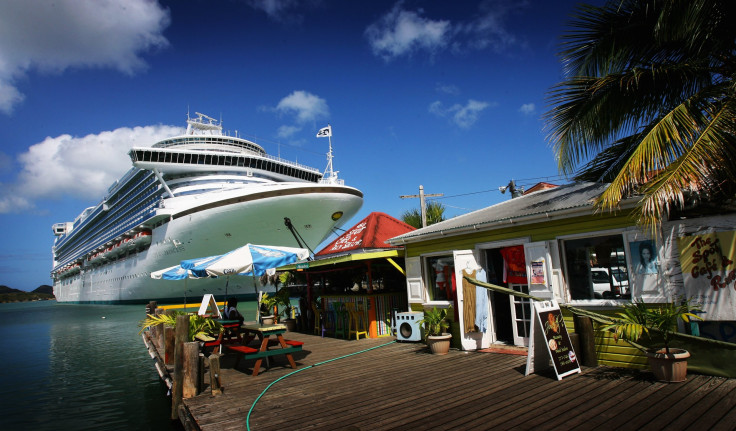How Common Is Norovirus On Cruise Ships? What You Need To Know Amid Outbreaks

After nearly 300 people got sick because of a norovirus outbreak on a Royal Caribbean cruise ship, it might be time to brush up on the illness and how easily it can be transmitted on cruise ships. Despite its reputation as something people routinely get on the high seas, the Center for Disease Control and Prevention says norovirus is not actually that common on cruise ships.
According to the CDC’s numbers, slightly fewer than 130,000 cruise ship passengers came down with “acute gastrointestinal illness” between 2008 and 2014. That is out of the 74 million people who traveled on cruise ships during that time period.
The CDC estimates that only about one in 10 of those who got ill on cruise ships actually had norovirus, putting the number at just below 13,000 people between 2008 and 2014.
The federal agency said people tend to associate norovirus with cruise ships because it could, indeed, be easier to spread in that environment due to passengers being in close, physical contact with one another for extended periods of time. Logistically, outbreaks are also discovered and reported faster on cruise ships than they would be elsewhere.
Direct contact with someone who has norovirus is enough to get the disease. It can also be contracted from touching contaminated surfaces or eating contaminated food. Symptoms include vomiting, nausea, stomach pain and diarrhea. Headaches and fever can also be symptoms of norovirus.
The subject of norovirus on cruise ships came up again after the Royal Caribbean ship Oasis of the Seas had to return to Florida one day earlier than originally scheduled because of a norovirus outbreak. In total, 277 passengers and crew members got sick, causing the major disruption of the ship’s voyage.
© Copyright IBTimes 2024. All rights reserved.




















